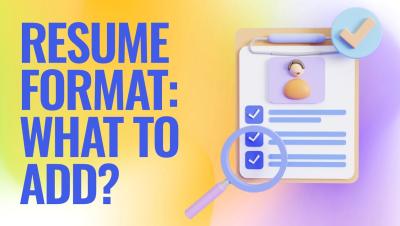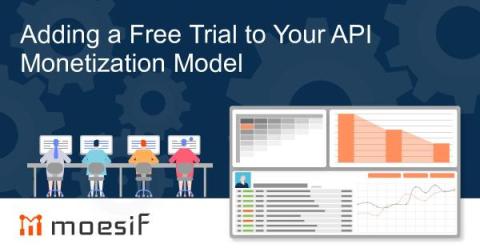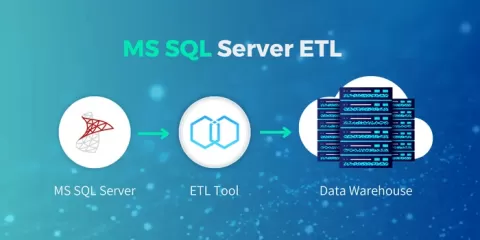Systems | Development | Analytics | API | Testing
%term
Resume Format for API Testing Profile | LinkedIn Profile Optimization | Sidharth Shukla #restassured
Building Trust in Public Sector AI Starts with Trusting Your Data
In recent years, governments across the globe have recognized the transformative potential of artificial intelligence (AI) and have embarked on initiatives to harness this technology to drive innovation and serve their citizens more effectively. These government-led efforts have had a profound impact on the development and adoption of AI solutions in the public sector, paving the way for a future where data-driven decision-making and automation are the norm.
How to build a data foundation for generative AI
GenAI depends on data maturity, in which an organization demonstrates mastery over both integrating data – moving and transforming it – and governing its use.
Adding a Free Trial to Your API Monetization Model
When monetizing APIs, specific ways exist to entice customers to begin using your services. Much of the time, users like to see some value before they commit to becoming a full-blown paid customer. One of the most popular billing providers we see used for API monetization is Stripe, and thankfully, Stripe supports free trial models. Paired with Moesif, you can easily adhere to what model you require to support your API monetization needs.
Democratizing AI with Open Source | Apache Con - Community Over Code - Keynote 2023 | Charu Anchlia
The Power of Purposeful Testing
New Countly App User Export Format: How, What, and Why?
Recently we introduced one breaking change in how user information is exported from Countly, and we wanted to explain why such change was made and what to do to keep your plugins supported. But before we dive into why's, let's first reiterate the "what" part.
11 Top MS SQL ETL Tools for 2024
Why ETL Data Modeling is Critical in 2024
Like peanut butter and jelly, ETL and data modeling are a winning combo. Data modeling can't exist without ETL, and ETL can't exist with data modeling. Not if you want to model data properly. Combining the two defines the rules for data transformations and preps data for big data analytics. In the age of big data, businesses can learn more than ever about their customers, identify new product opportunities, and so on.











